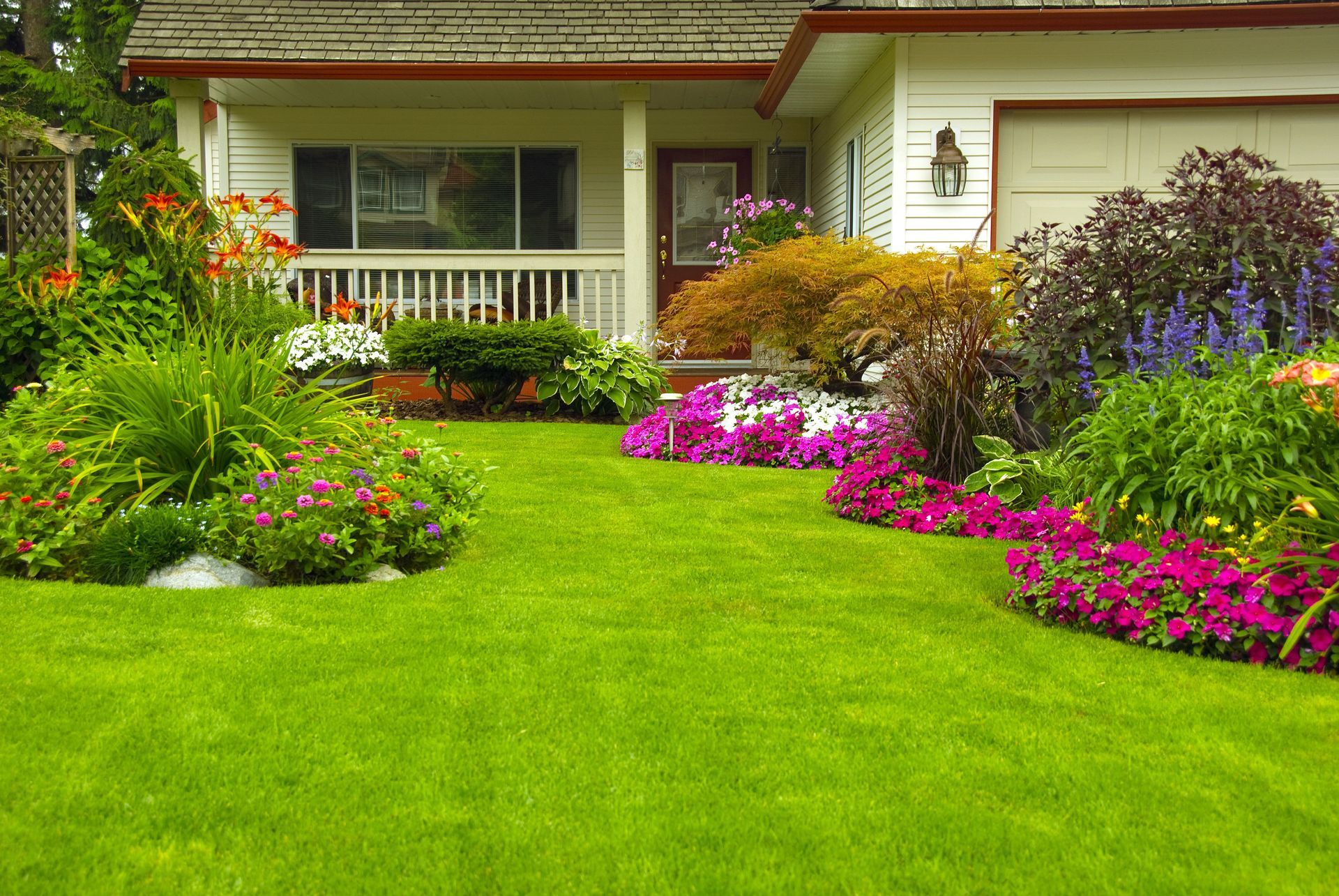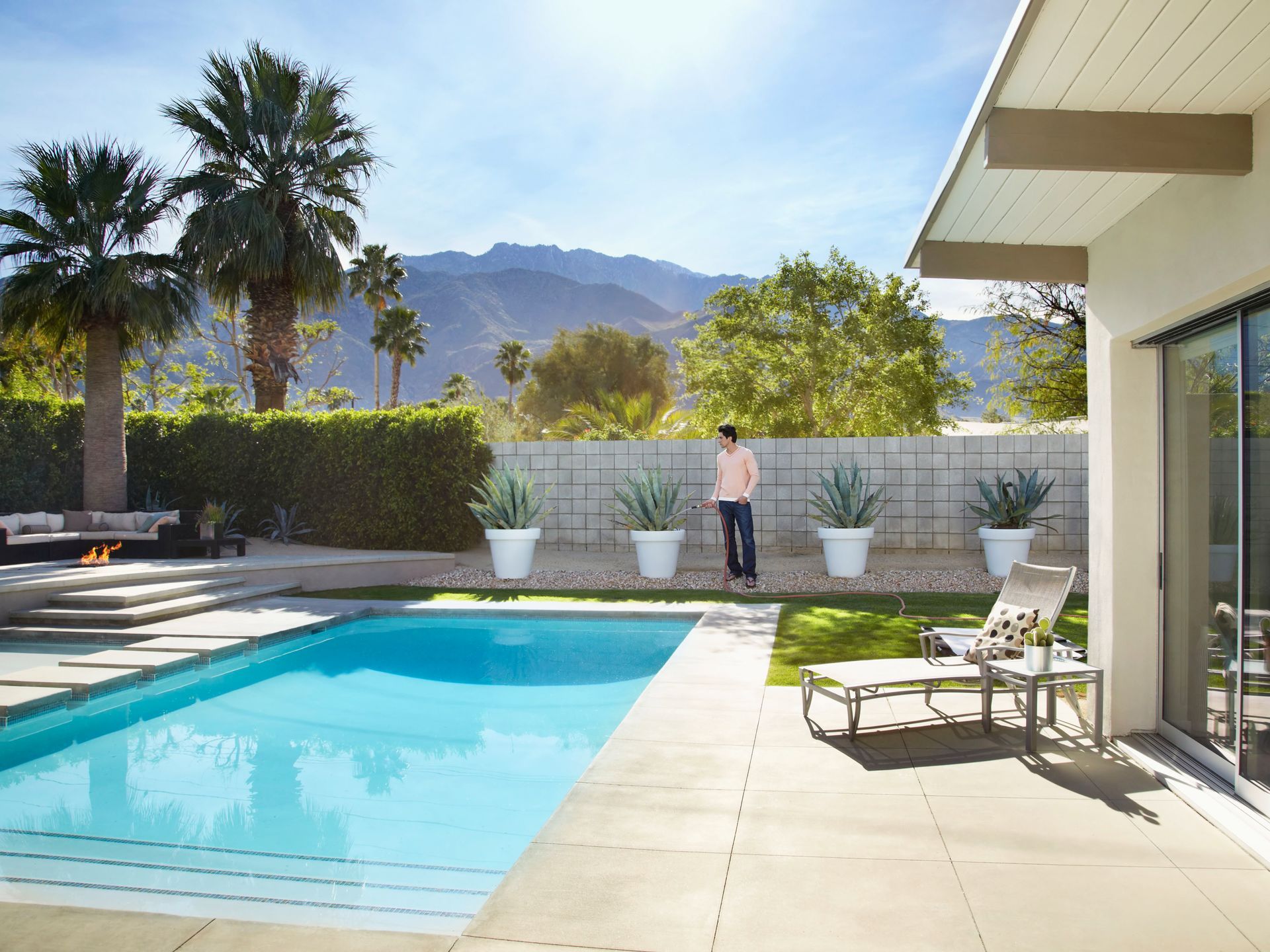What a Landscape Designer Can Do That DIY Can’t
DIY landscaping looks tempting. Videos and guides make it seem as simple as picking plants and spreading mulch. In reality, designing and building a lasting outdoor space requires technical skill, foresight, and planning. That's where a local landscape designer adds real value. They combine creativity with soil science, grading knowledge, and project management to deliver landscapes that look beautiful and function long term. Here's how working with a professional local landscaper designer differs from going it alone. Let's take a look for more information!
Turning Ideas Into Buildable Plans
A local landscape designer starts by learning how you want to use your yard - whether that's entertaining, creating play areas, or adding privacy. From there, they turn ideas into a practical plan with accurate dimensions, materials, and construction details.
DIY approaches often stop at the vision board stage, but professionals design with measurements, clearances, and codes in mind. That means the new patio actually fits furniture, paths drain properly, and seating areas work in all seasons.
Reading the Site
Every property has quirks - sun patterns, soil texture, drainage routes, and hidden obstacles like roots or utility lines. A local landscape designer analyzes these conditions before drawing plans. This ensures plants thrive, water flows safely, and features sit in the right places.
DIY projects often fail because unseen issues - like compacted soil or poor grading - weren't addressed. Professional site reading prevents these headaches.
Codes, Permits, and Safety
Retaining walls, decks, irrigation systems, and even tall fences may require permits. A local landscape designer understands local rules and ensures projects meet building codes. They also design safe steps, slip-resistant surfaces, and proper lighting.
DIY efforts that skip these steps risk fines, unsafe features, or costly rework.
Mastering Grading and Drainage
Water can damage foundations, wash away soil, and kill plants if handled poorly. A local landscape designer plans slopes, drainage channels, and permeable materials to manage water responsibly.
Where a DIYer may focus on surface finishes, a local landscaper designer thinks like an engineer - building stability into the unseen layers so patios and walkways stay level and usable for decades.
Choosing Plants That Work
It's easy to grab whatever looks good at the nursery, but success depends on selecting plants suited to your soil, exposure, and maintenance goals. A local landscape designer chooses species that resist pests, fit the scale of your space, and bloom across seasons.
They also consider mature plant sizes so beds don't overcrowd or require constant pruning. The result is a balanced, thriving yard that you and your neighbors will love.
Comfort and Microclimates
Designers think about how spaces feel at different times of day and year. A local landscape designer will place seating where breezes cool in summer, add shade where afternoon sun hits hardest, and use paving that stays comfortable underfoot. These decisions make outdoor spaces more enjoyable for everyone and extend how often you use them.
Matching Materials to Budget and Lifestyle
From natural stone and pavers to decking and steel, each material has different costs and care needs. A local landscape designer helps select options that fit both style and budget. They'll compare durability, maintenance, and heat retention so you invest wisely.
This guidance avoids mismatched finishes or quick-to-fail surfaces.
Budgeting With Realistic Numbers
Designers phase projects if necessary - focusing on grading and drainage first, then adding features later. This staged approach prevents ripping out finished work down the road.
To set expectations, here's a common rule of thumb: According to LawnStarter, front and backyard landscaping should cost about 10% of your home's value. A designer helps translate that into a scope that fits your goals.
Coordinating Contractors
The best plans need skilled builders. A local landscape designer works with trusted contractors - masons, carpenters, irrigation techs, and lighting pros. They provide drawings with details so everyone builds to the same specifications.
Without that guidance, DIYers may hire unqualified crews or face costly change orders.
Overseeing the Work
Field conditions rarely match drawings exactly. A local landscape designer can check base depths, adjust for unexpected obstacles, and confirm quality during construction. This oversight protects the design's integrity and your investment.
Water Efficiency and Irrigation
Designers plan hydrozones so plants with similar water needs share irrigation. They may recommend smart controllers, drip systems, or mulching strategies to cut waste. A local landscape designer saves you money on water bills while keeping plants healthy.
Nighttime Lighting
Well-placed outdoor lighting adds safety and ambience. A local landscape designer uses shielded, efficient fixtures to highlight textures and guide movement without glare. Thoughtful lighting extends outdoor use into the evening.
Planning for Maintenance
A landscape that requires constant attention may frustrate some homeowners. A local landscape designer tailors plant palettes and materials to your maintenance preferences. Whether you want a low-care yard or love gardening, they'll provide a plan you can keep up with.
Avoiding Common DIY Mistakes
Professionals help sidestep issues that plague DIY yards, including:
- Patios too small for real use
- Wrong plants in wrong conditions
- Drainage problems causing flooding
- Overcrowded planting beds
- Inconsistent materials that clash
Correcting these mistakes later often costs far more than doing it right the first time.
Designing for Growth and Change
Good design anticipates the future. A local landscape designer might plan space for an outdoor kitchen or run sleeves under walkways for future lighting. With foresight, today's investment adapts to tomorrow's needs.
Adding Value and Curb Appeal
Landscape design impacts resale value. Cohesive planting, welcoming paths, and properly scaled features make a strong impression. A local landscape designer aligns the exterior with your architecture, improving curb appeal and marketability.
Meeting Environmental Goals
Sustainability can be part of the design. A local landscape designer might use native plants, bioswales, and permeable paving to reduce runoff and support pollinators. They balance aesthetics with ecological benefits so you don' have to choose one over the other.
Small Spaces and Tricky Lots
Steep slopes, narrow yards, or awkward layouts call for creative solutions. Designers use terracing, vertical plantings, or carefully edited plant palettes to turn challenges into highlights. DIY often struggles with these constraints.
Why Choose a Local Landscape Designer?
Finding the right partner makes all the difference. Look for:
- A portfolio with projects like yours
- Knowledge of regional conditions
- Clear process and deliverables
- References from past clients
- Ability to align design with budget and phasing
With the right fit, you get both creativity and practical know-how.
Hiring a local landscape designer doesn't mean giving up hands-on work. Many homeowners still handle mulching, container planting, or seasonal upkeep. Think of the designer as setting the foundation - you can still personalize and maintain as you wish.
DIY landscaping can be rewarding, but it rarely matches the durability, safety, and long-term beauty that a local landscape designer provides. They bring planning, technical expertise, and regional knowledge that protect your investment and expand how you use your yard. If you want an outdoor space that works as well as it looks, a
local landscape designer is the partner who can make it happen. Are you looking for a local landscape designer? Call our team at One Call Landscape & Design today to get started with our professional services. We look forward to hearing from you and working with you in the near future!




Share On: